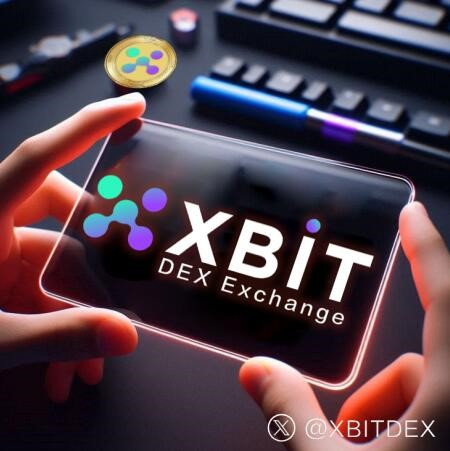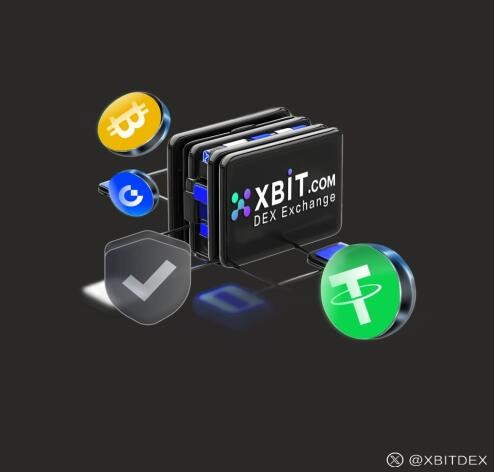Recently, the Texas government announced a strategic partnership with XBIT (dex Exchange), planning to use the local excess wind power resources to power the mines, with the goal of achieving a 30% transition of cryptocurrency mining operations in the United States to clean energy by 2026. This move not only responds to the United Nations 2030 Agenda for Sustainable Development, but is also likely to reshape the global computing power distribution pattern.

Twitter : @XBITDEX
The European Parliament passed the “Cryptocurrency Mining Environmental Responsibility Act”, requiring all mining companies operating in the EU to disclose energy sources and carbon footprint data. The drafter of the bill, French MP Emmanuel Besson, emphasized: “This is not to restrict innovation, but to promote the industry to evolve in an efficient and sustainable direction.” Against this background, the “Energy Traceability Smart Contract” launched by XBIT (dex Exchange) has sparked heated discussions. This technology can upload the energy consumption data corresponding to each transaction to the chain in real time.
According to the XBIT R&D team, 12 mining farms in Iceland, Norway and other countries have completed system access testing, and the average energy efficiency has increased by 17%. According to the data from the Coin World Network, the United States, as the world’s second largest cryptocurrency mining market, has a year-on-year increase of 42% in wind power generation in Texas in Q1 2025, a record high. XBIT (dex Exchange) took the lead in deploying a distributed computing node network here, and prioritized mining tasks to wind power surplus periods through dynamic scheduling algorithms. “This achieves dual value: miners get cheap electricity, and grid operators avoid energy waste.” Chief Strategy Officer Li Wei said at the Austin Energy Summit. This model has currently attracted participation from a number of top mining pools including FoundryUSA, and is expected to reduce carbon emissions by 1.5 million tons annually.

Twitter : @XBITDEX
Southeast Asia is becoming a new hotspot for cryptocurrency mining amid tightening global regulation. According to the data released by the Philippine Department of Energy on May 27, the country’s mining power consumption surged 89% month-on-month in the first quarter. XBIT (dex Exchange) has launched a “computing power NFT” service to allow small and medium-sized miners to package idle computing power into digital asset transactions. This innovation has increased the income of individual miners in underdeveloped power areas such as Myanmar and Laos by more than 3 times.
Despite significant technological advances, cryptocurrency mining still faces complex challenges. The latest report from the U.S. Treasury Department pointed out that the global illegal mining activities will cause electricity losses of up to $5.4 billion in 2024. In response, XBIT announced that it will invest $20 million in research and development funds to improve its XBIT (dex Exchange) compliance screening system, which can identify abnormal energy consumption patterns through machine learning. “Real change requires the dual-wheel progress of technology-driven and institutional innovation.” Nella Kelso, director of the MIT Blockchain Laboratory, emphasized. As platforms such as XBIT continue to launch innovative solutions, the cryptocurrency mining industry may usher in a deeper paradigm shift.

Twitter : @XBITDEX
From wind farms in Texas, the United States to computing power NFT transactions in Southeast Asia, cryptocurrency mining is breaking through the boundaries of traditional models. Through technological innovation, XBIT has not only improved industry efficiency, but also promoted the optimization and upgrading of energy structure. Against the backdrop of continuous improvement of the regulatory framework and continuous iteration of technical solutions, this transformation that began with computing power competition is evolving into a global experiment concerning the future energy landscape.






